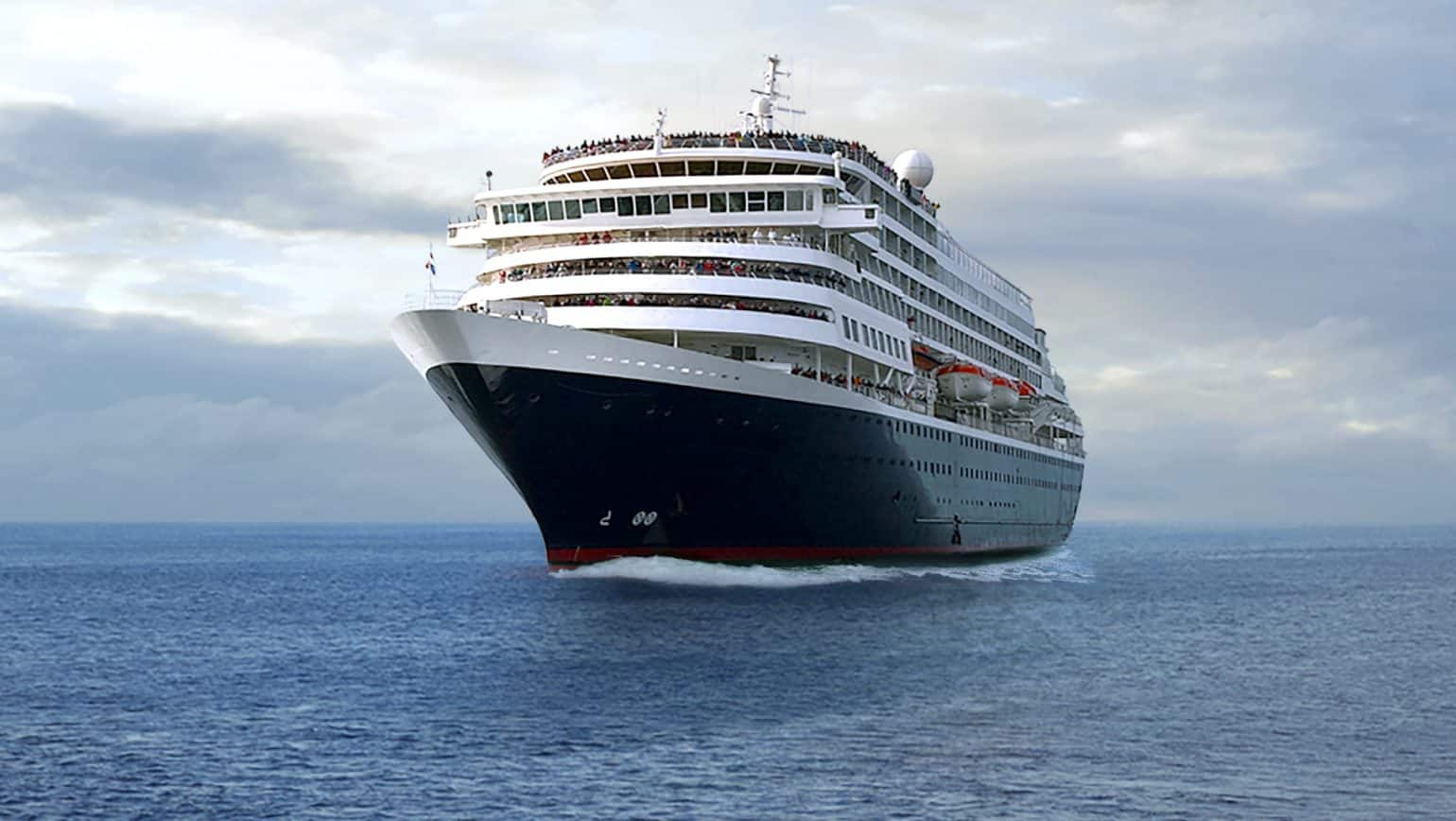La Palma greets you with lush slopes, black-sand beaches, and laid-back charm. Stroll Santa Cruz’s balconied streets, hike volcanic trails in Caldera de Taburiente, or unwind along the waterfront. Known as “La Isla Bonita,” this Canary Island gem offers natural beauty and peaceful escape.

Santa Cruz de La Palma, Canarias, Spain
Featured Shore Excursions

North Island Nature Walk

Santa Cruz de La Palma, Canarias Private Car - Full Day

Santa Cruz de La Palma, Canarias Private Car - Half Day